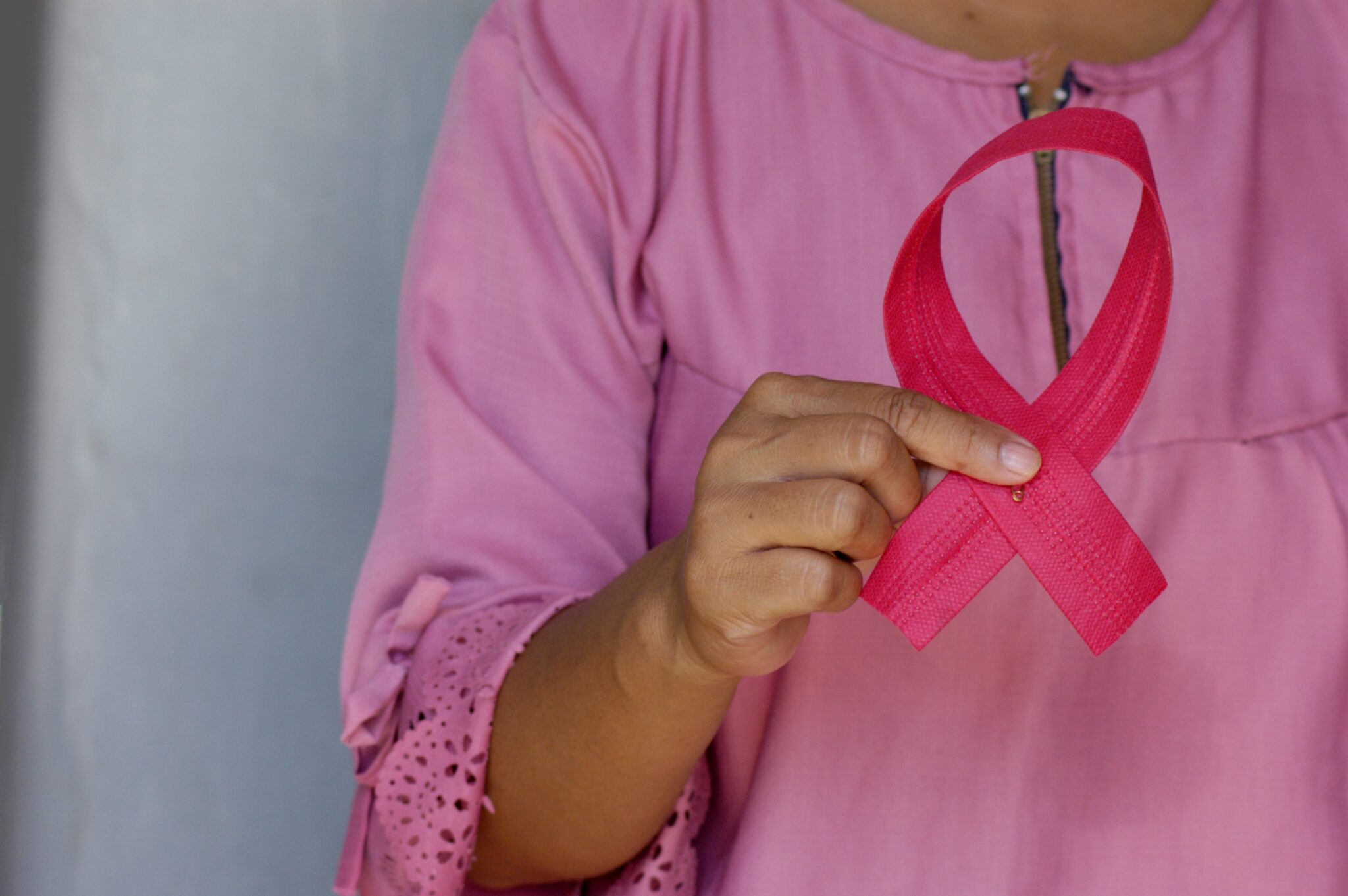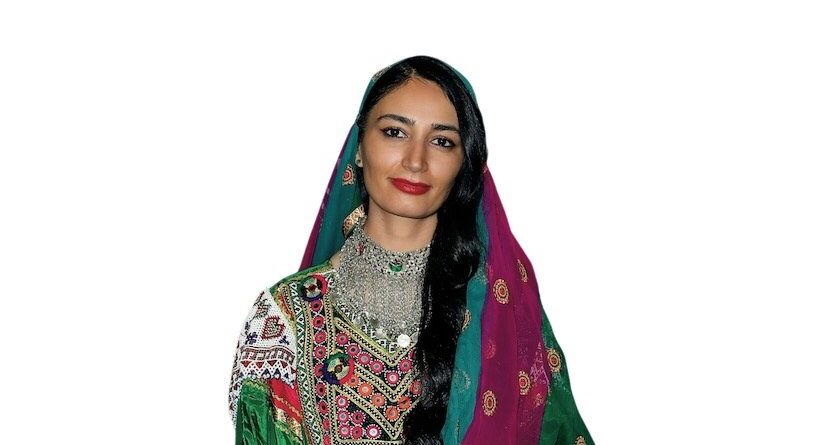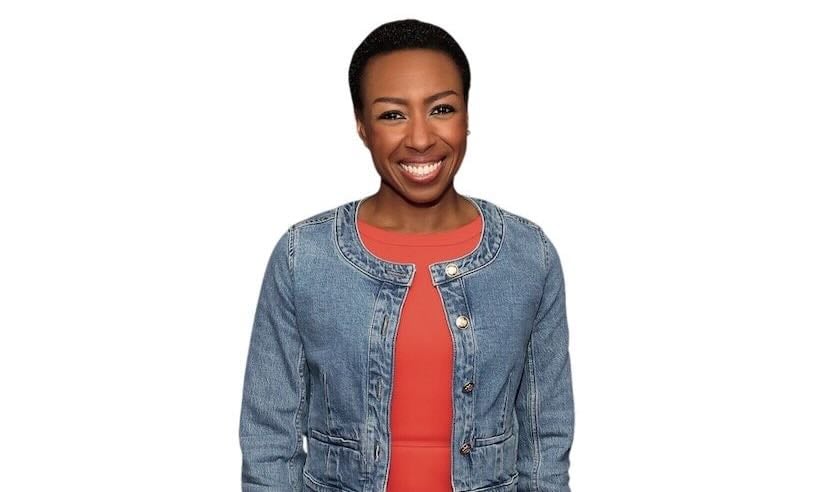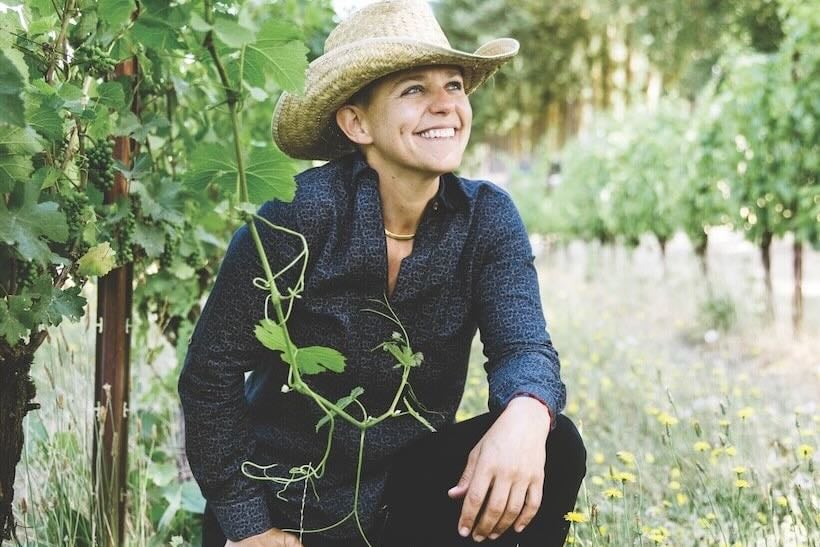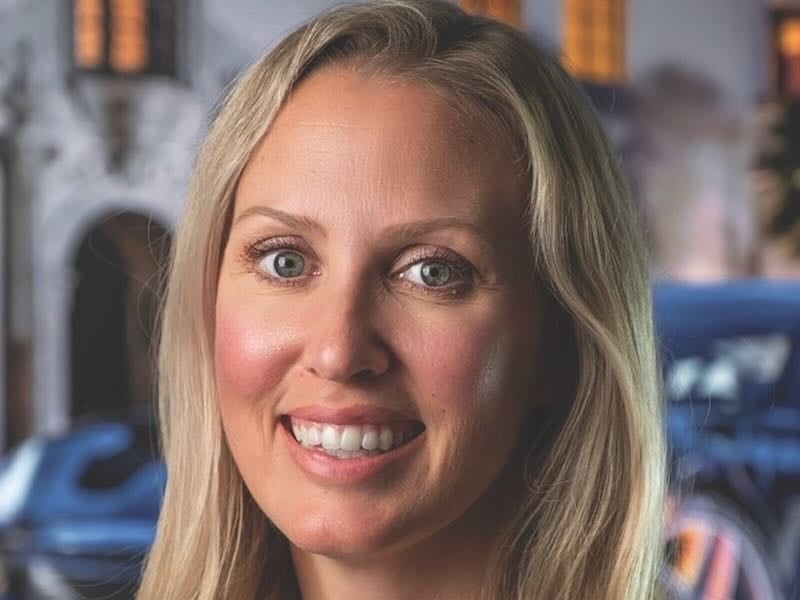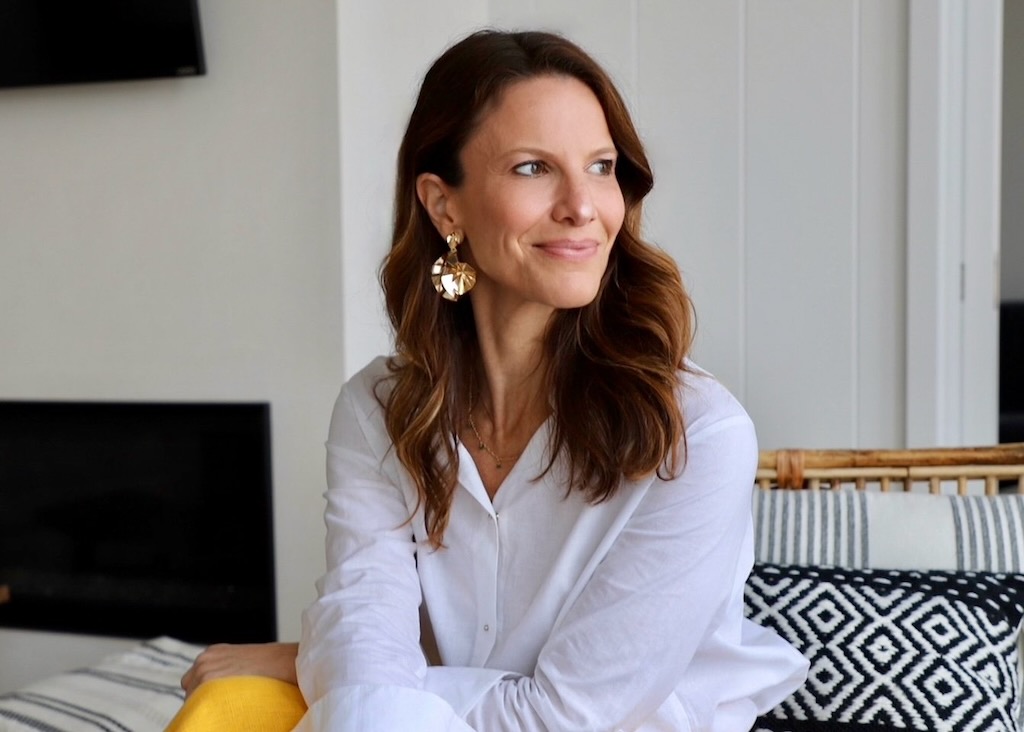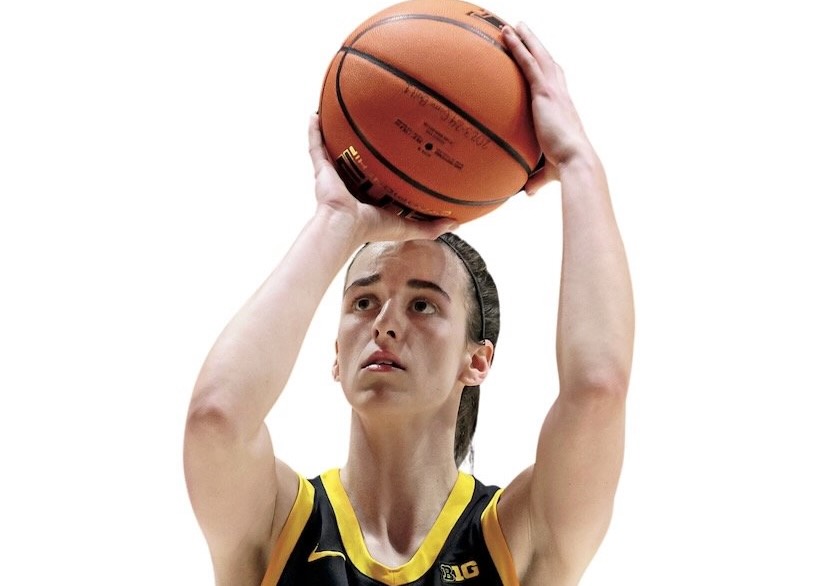From pathing our careers to selecting which route will avoid traffic delays, we make many decisions every day—big and small. These decisions are informed by a plethora of factors including cost, time, inclination, and personal risk assessment.
Those same factors come into play when we are faced with major healthcare decisions. In my case, I knew the day would come when I had to confront my personal family history of breast cancer and assess my own risk. There wasn’t a day that went by that I didn’t think about my mother who I lost to breast cancer in 2003. She was 55 and I was 21 years old. A few weeks after my 39th birthday and 3 months after I finished breastfeeding my youngest child, I knew it was time. A genetic test administered by my OBGYN confirmed I was a BRCA2 genetic carrier with a 70 percent risk of breast cancer. There I had it.
From there, I embarked on a long path that included countless hours of Google-ing and interacting with Facebook group threads, driving hundreds of miles for medical consultations and diagnostic testing appointments, medical bills, rescheduled or canceled meetings, physical and emotional fatigue and the list goes on. But in the end, it was worth it. After all of my research and thorough vetting, I felt confident in my decision to pursue a preventative double mastectomy with breast reconstruction. My process included 2 mammograms, 2 ultrasounds, 1 MRI, and 3 surgeries that took place over the course of 18 months.

There were several tradeoffs along the way, but now with the process in my rearview, I know I made the right choice: to undergo the double mastectomy and share my story openly. As an extrovert who takes a matter-of-fact approach to my relationships, how I lead my team, and navigate the world, I thrive on open communication. There was no doubt I would need people around me for support and to help fill in the gaps when I was down. But the added anxiety of exposing my healthcare journey to colleagues at work made me question my promotability and how my team would view my viability as a leader within the organization during an uncertain economic landscape. Ultimately, that transparency was not a nice-to-have, it was critical.
I am now a breast cancer previvor, and the surprising experiences that came from sharing my healthcare journey yielded even better outcomes than I could have imagined. Here are three examples.
1. Inspiring Connections
Initially, I sought doctor referrals and insight from women who had experience managing their breast cancer diagnosis. I asked neighbors and women I worked out with if they “knew anyone” who had gone through this process. The connections I made with the incredible women in my community who opened up about their stories of past and current struggles were illuminating. But my motivation was one-sided. What I didn’t anticipate was how many people would, in turn, reach out to me after I shared a post on Instagram highlighting the beginning of my journey. It ranged from a college sorority sister who was just 5 weeks into her recovery from the same preventative double mastectomy, to former colleagues who had privately and discreetly battled breast cancer without telling a sole, to old friends and new acquaintances I met through social media thanking me for giving them “the nudge they needed” to get a mammogram or initiate discussions with their doctors about their breast cancer risk. Additionally, my community rallied around me to drive me to appointments, provide meals for my family when I was in the hospital, and more. But the two-way relationship and feedback loop gave my journey more purpose and allowed me to move forward knowing that my courage could possibly help someone else take one brave step forward in pursuit of their health.
2. Fostering Workplace Safety
No longer a private matter, I questioned the impact that exposing my healthcare journey would have on work. How would this affect my profitability? Would I have enough medical leave to cover the series of operations and time needed to recover? What gaps would it create in the continuity and delivery of projects for my team? Could I rearrange my schedule to make room for all of the required doctor visits? As soon as I was brave enough to inform my leadership, peers, and those I managed, a weight was lifted. The added stress of keeping this to myself was heavier than I knew. The information was received with compassion, support, and a genuine offer to find ways to support me in and out of the workplace. The impact of my sharing reassured me that my chosen organization lived their expressed core values and those values were 100 percent aligned with mine. Another positive byproduct of that transparency was that it created space for my team to be open about their own challenges and what they needed to be successful in the long and short term—whether medically-related or otherwise. The expression “lead by example” extends to creating workplace safety and nurturing an environment where it’s ok to raise your hand, share your truth, and ask for support.

3. Promoting Accessibility
The most recent revelation born from my public quest to become a breast cancer previvor is The Golden Hoop Project. As challenging as my journey has been, I never forgot that I was approaching my BRCA2 diagnosis from a position of privilege. The process was hard, I had control. Each year over 264,000 women are diagnosed with breast cancer in the United States and 42,000 women die. There is a 41 percent elevated breast cancer mortality risk for Black women, and those under the age of 50 are 2 times more likely to die than white women. Breast cancer should be eradicated for all of us, but the disproportionate impact on young Black women is disturbing. I paid the high cost of losing my mother to breast cancer when I was 21 years old. That loss put me on alert and gave me a degree of vigilance and foresight that others may not have. It was important for me to play a role in creating more awareness about this breast cancer disparity and take action to become a part of the solution. As a result, I launched The Golden Hoop Project in partnership with my alma mater, Emory University. Our mission is to provide free access to genetic testing and counseling for young Black women. Taking the step to request genetic testing was a pivotal point for me. I wanted to create a path to pay it forward to other women like me so that they may have access to the same information that shaped my decision.
Turning this hardship into something positive was the best possible outcome I could have generated as a result of sharing my healthcare journey. I encourage others to do the same.

